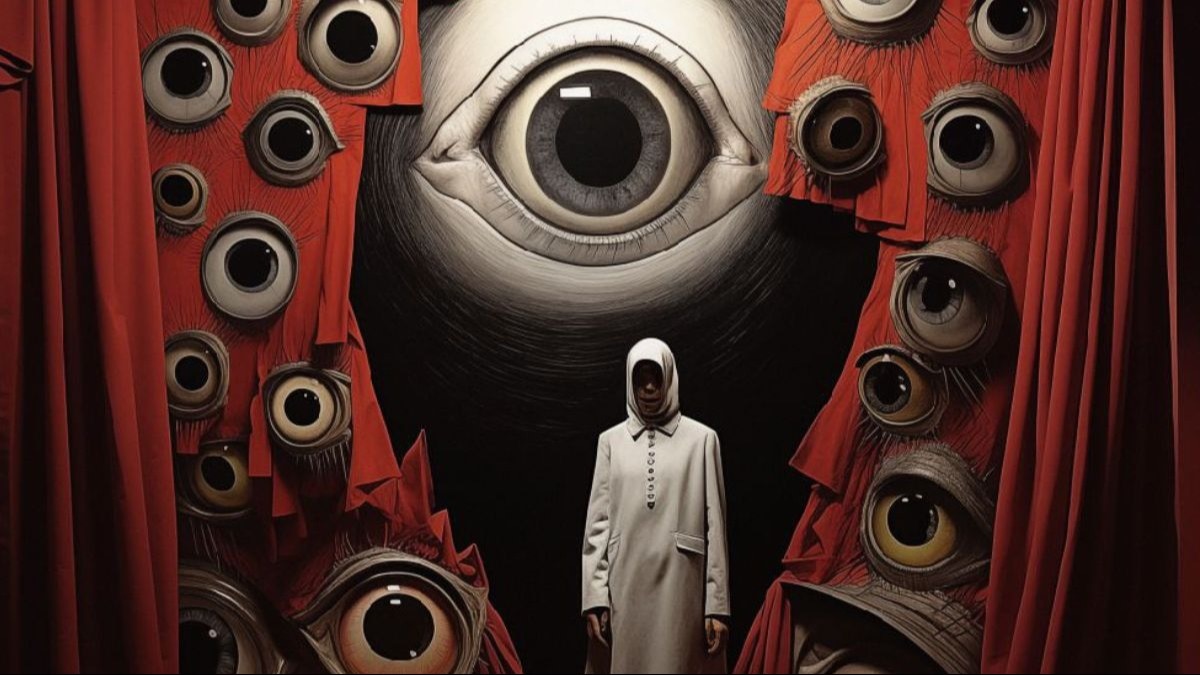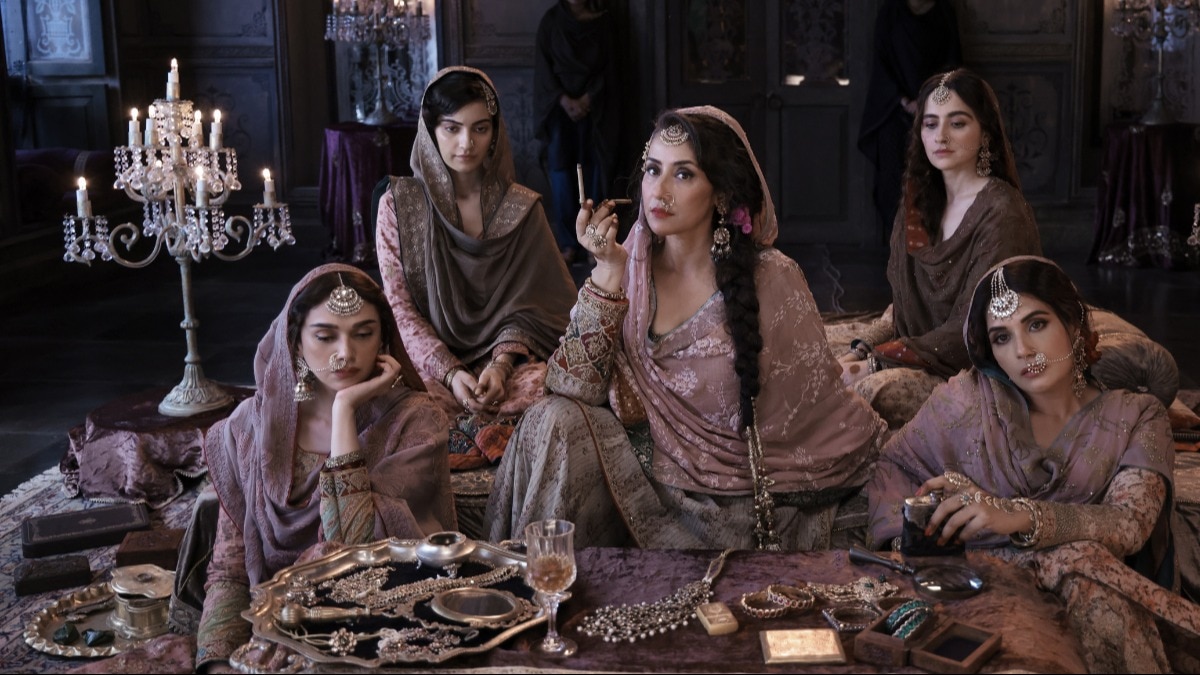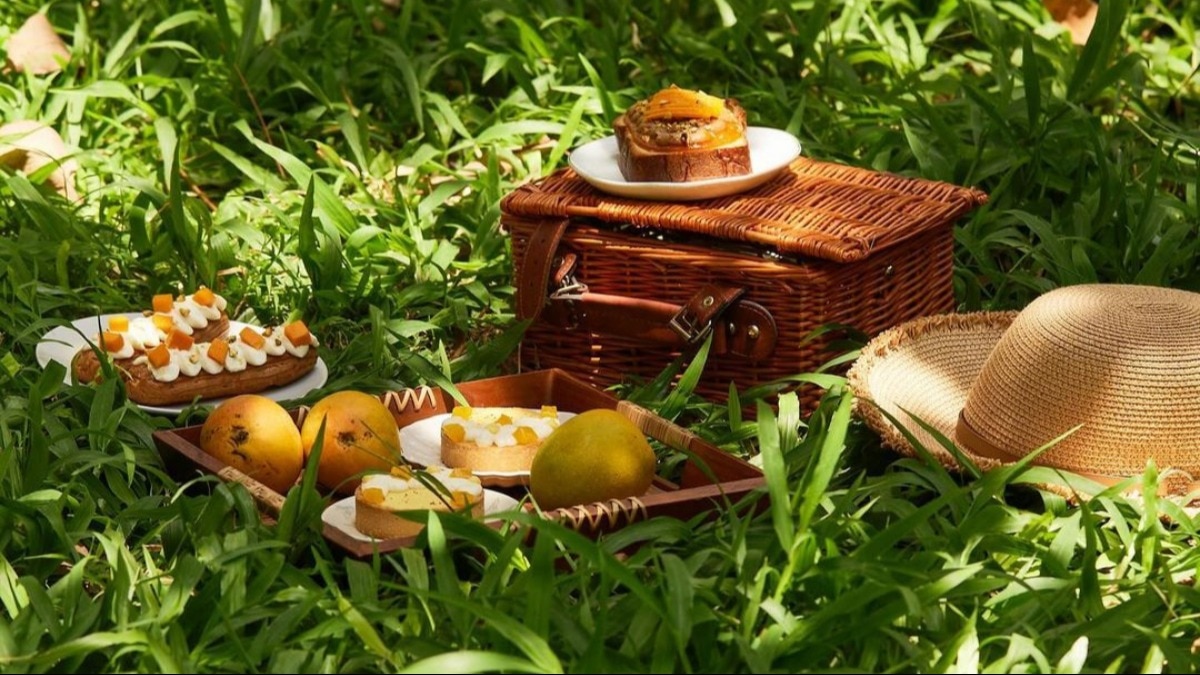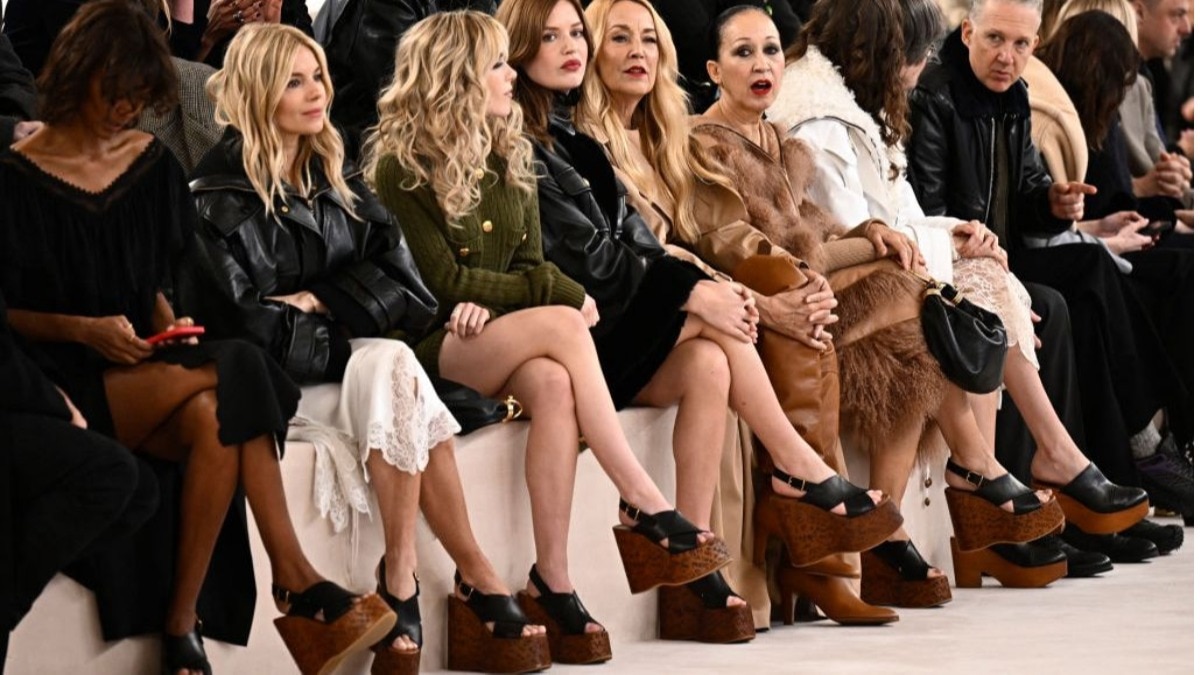

How contemporary artist Subodh Gupta finds art in everyday life
In an exclusive interview with Bazaar India, he talks about a life full of inspirations and passion.


Dubbed as the 'Damien Hirst of Delhi' Subodh Gupta is a world-renowned Indian contemporary artist. Donning multiple hats, his production spans a diverse range of mediums that include sculptures, paintings to installations, photography, video, and performance works. He has made a name for himself by transforming the icons of everyday life into intricate artworks-cum-commentary that reflect on the transformation of the economic and cultural Indian landscape.
The artist, in an exclusive chat with Bazaar India speaks about his time doing theatre, his very first collection, his passions, his artwork, creations, and much more.

Nandini Bhalla: What were you like as a little boy?
Subodh Gupta: I don’t have a vivid memory of my childhood, but I do remember that my father worked for the railways. However, when my father suddenly passed away, everything changed. I had to move to the village where my mother was born to continue my studies. Nanapur, the village where my mother’s family lived, had a British influence...such as the cinema that screened English movies at 10 o’clock every weekend. I recall my mother taking me to the theatre quite frequently. If I am an artist today, it is because of my mother’s influence in introducing me to cinema and nurturing my creativity. The seeds were sown in my mind at a very young age, due to which I pursued theatre for five years after completing school, before attending art school.
NB: What roles did you play during your five years in theatre?
SG: In a small-town theatre, there weren’t specific roles, but it taught me a lot about discipline. We would make posters, gather equipment, sell tickets, design stages, and do our own make-up. We took care of every aspect ourselves. This discipline instilled in me has had a more significant impact on my artistic journey than my formal education at art school. Initially, I wanted to become an actor, but a friend noticed my talent for creating posters and suggested that I consider art school. That’s when I made the decision to pursue art.

NB: When you look back now, what was that pivotal moment that pushed you towards becoming an artist?
SG: At art school, my intention wasn’t to become a great artist, but rather to pursue a career as a commercial artist. Having no financial support it wasn’t easy for me to arrange my tuition fees, but I managed to survive. I learnt not only from my teachers but also from my colleagues, roommates, and senior students. I was particularly influenced by their skills and the beautiful paintings they created. That’s when I was enamoured with the world of fine arts and decided to transition from applied arts to fine arts. I fell deeply in love with what I was doing. This passion was always in me, I drew since childhood! I thought to myself, ‘This is definitely the path I want to pursue’ and after this, there was no turning back.
NB: Tell us about your very first collection and what did you make?
SG: I made many things because I wanted to master my crafts in the beginning. Back in the day, nobody taught us and we were unaware of artists such as Picasso and Van Gogh. Even when we studied in art school, none of our teachers made us aware about these artists...we were basically self-taught. We would experiment and colour the canvas. But our determination helped us find our paths as artists, and that shaped us into who we are today.

NB: How did regular kitchen utensils come into your life?
SG: Both kitchen and cooking are really close to me. Earlier we didn’t have a studio and we used to live in a small apartment where we slept, made art, cooked, and raised our child and did everything in a tiny place. One afternoon, whilst cooking, I saw a beautiful ray of light coming from the kitchen window...and it fascinated me. It was like something was talking to me, it brought all the potential in my studio. I realised that there was something there, and I wanted to explore it. The first artwork I made was in 1999 and it was a full installation called ‘The Way Home’.
NB: Tell us a little about how passionate you are—not just about creating art surrounding the kitchen—but cooking in it.
SG: I cook as a hobby and it has only increased with time. If we can invite friends to eat then why can’t we incorporate it in our work? In the past decade, I’ve done many projects, performances, and installations which embody my cooking...It’s become an indelible part of my work.
NB: What public reaction did you anticipate when you created that round room with cow dung?
SG: Honestly, I didn’t think much about the public reaction, I wanted to create art that nobody had tried before. I make art to express and not for sale. I grew up with cow dung cakes when I was in the village, it plays a significant role in India because it’s considered sacred. can change the perception of something in a very different way, whenever we had any religious ritual at home my mother would ask me to fetch grass and mango leaves, and mould Ganesha out of cow dung. It’s very abstract but it creates a symbolic form which, for me, is installation art itself. In Southeast Asia, countries such as Bangladesh, Pakistan, and India, use cow dung as a source of energy for cooking. As you travel by train, you see how cow dung covers the cars during the rainy season...it looks like a small piece of art. It is not about religion, but cow dung plays a significant role in our country and that made me make art out of it. That form struck me and influenced my work.

NB: Do you still find a lot of fascination in everyday items?
SG: I believe one lifetime is not enough for an artist! Today, with changing technology and emerging mediums, there’s always something new to explore. Visual art plays a huge role in human life. From painting to charcoal and pencil to computer-generated art, and now artificial intelligence. No matter what the medium is, as an artist, you have to stick to what you believe in. Through my experiments in painting and sculpture, I keep discovering new things everyday. It feels like a never-ending journey of exploration.
NB: And you wish to be an artist in your next life as well?
SG: Absolutely! It would be a dream. There’s nothing like being an artist.
NB: When you created ‘Line of Control’, did you foresee that the world would be in such a difficult position?
SG: The world has always been in a difficult position. We, humans, have taken it too far, and we are the ones who will destroy ourselves. However, I still believe that just how one scientist can bring change...someone will take birth and make this earth a safe haven. We have to change our ways, take care of us and our planet. As for the ‘Line Of Control’, when we talk about our neighbouring countries, the conflicts and the political strategies, it is essential for our politicians and people to take it seriously. Unfortunately, it’s not happening as much as it should.
NB: Take us through your artwork ‘Very Hungry God’ and what led you to create that.
SG: It’s about vanity. Skulls have been a form of art since the very beginning. We’re all going to die one day...death is a natural part of life. Natural and manmade disasters are leading to a lot of destruction. In the end, it’s all about death and recognition.
NB: How have your beliefs towards beauty and art changed over the years?
SG: Art does not need to be only about aesthetics, it has to be content and meaningful. There’s meaning behind all beautiful things. My spiritual guru in art, Van Gogh, made sunflowers while also making potatoes. Everything you look at in life has a good and a bad side, so what you see is what you will experience in my artwork.
NB: Amongst fine art and sculpture, which one do you lean towards more?
SG: Right now I’m more keen on making paintings...Sculptures take time so I simultaneously work on paintings as well. I’m trained to do both, so there’s nothing like it.
NB: When you look back at your life, what have you learnt from it?
SG: You learn something new everyday and the beauty of it lies in taking a step back and seeing how far you’ve
come.









